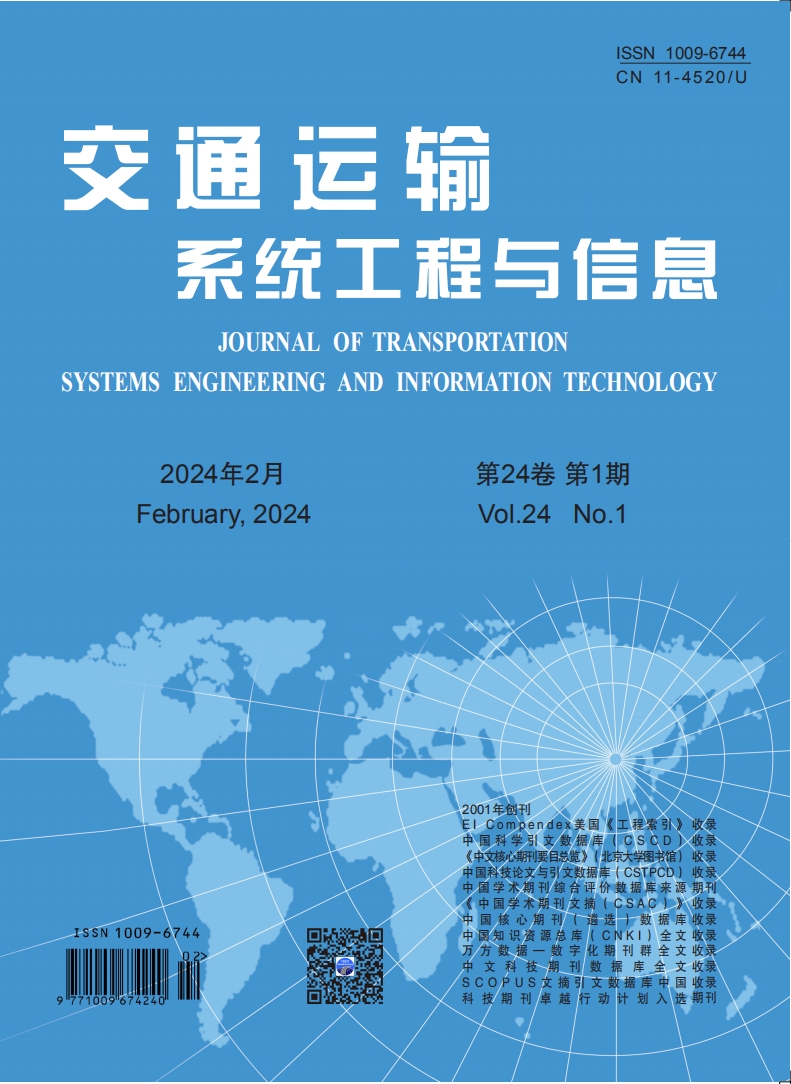|
|
Roundabout Motor Vehicle Conflict Risk Identification Model
HU Liwei, ZHANG Ruijie, ZHAO Xueting, HE Yu, CHEN Chen, LIU Bing, HOU Zhi
2024, 24(1):
168-178.
DOI: 10.16097/j.cnki.1009-6744.2024.01.017
To quantitatively identify the vulnerable points of motor vehicle conflict risk in the area of urban
roundabouts and reduce the traffic accidents, this paper proposes a model to identify motor vehicle conflict risk at
urban roundabouts. First, high-precision and continuous multi vehicle trajectory videos are collected using drones, and
combined with Kinovea video motion analysis software to achieve vehicle state recognition and tracking, and record
the motion data of each frame of the vehicle. Then, based on the traffic conflict recognition indicator TTC (Time to
Collision), a vehicle TTC calculation method was proposed, which adapted to the linear characteristics of the
roundabout. The cumulative frequency method was used to determine the thresholds for serious, general, and minor
conflicts as 1.2 seconds, 2.8 seconds, and 4.4 seconds, respectively. By drawing an asynchronous map of peak and peak
traffic conflict space, and combining the number of traffic conflicts and severe conflict rates, the risk level of traffic
conflict in 36 sub sections of the roundabout is evaluated. The research results show that during peak hours, the average
number of traffic conflicts in a certain sub segment is about 15, with a severe conflict rate of 17.45%. During peak
hours, the average number of traffic conflicts in a certain sub section is about 8, with a severe conflict rate of 8.28%.
The proportion of high-risk areas reaches 50% during peak hours, while it is 8.33% during peak hours. These high-risk
areas are mainly concentrated in weaving sections. Therefore, roundabouts are more prone to traffic accidents during
peak hours and are located in weaving sections. The results of this study are helpful for traffic management
departments to understand the traffic conflicts and characteristics of roundabout at different time periods and sections,
to take corresponding warning and management measures.
References |
Related Articles |
Metrics
|


